Table of Content
The Krasamo IoT Concepts Series has been created to provide clients with informational resources to increase awareness of IoT technology fundamentals to help adopt IoT solutions.
IoT services and related products have seen an explosive demand in the last few years for new use cases in smart homes, process automation, and operations efficiencies.
What Is an IoT Gateway
IoT gateways are hardware devices or software programs that serve as intermediaries between IoT devices and the IoT networks, enabling and managing data communication, processing, and security.
IoT gateways provide device management and provisioning, and they support remote monitoring, diagnostics, and updates. In addition, IoT gateways provide support for implementing security measures (encryption, authentication, access control) and support over-the-air (OTA) firmware updates.
IoT devices transmit data directly to the cloud or through IoT gateways using communication protocols. IoT gateways translate or convert protocol data and process and filter data from IoT devices before transmitting it to the cloud.
IoT gateways enable data exchange between devices using different protocols (interoperability) and manage communication with the cloud, reducing congestion and improving system performance.
This process involves aggregating, compressing, or converting data formats before sending them to the cloud. In addition, IoT gateways may perform edge computing—processing and analyzing data from IoT devices near their physical location.
IoT gateways process data at the edge (local storage, analysis, and decision-making), reducing latency and increasing network bandwidth.
Where Is an IoT Gateway Located
IoT gateways are essential components of IoT networks and part of the infrastructure of IoT applications located between the device layer (IoT sensors) and network layer.
IoT gateways support communication protocols, APIs, and SDK to integrate with cloud platforms and other systems such as Azure IoT and AWS IoT.
The IoT gateway architecture is designed to provide a flexible, scalable, and secure solution for managing data communication, processing, and security in IoT networks. By adapting the architecture to the specific requirements of the IoT application, developers can optimize performance, reduce costs, and improve the overall efficiency and security of the system.
Types of IoT Gateways
The IoT gateway is usually a dedicated hardware device (commercial IoT gateways), microprocessor, industrial PC, Next Unit Computing (NUC), or single board computer (SBC) (raspberry PI) with processing power, memory, and connectivity. The IoT gateway software may run on Windows, Linux, or real-time operating systems (RTOS).
The IoT gateway to choose will depend on the application requirements of processing power, memory, connectivity, power consumption, size, and other environmental factors.
IoT gateway vendors offer commercial/industrial-grade performance hardware designed for specific industries or use cases suitable for mission-critical deployments. Some IoT gateway vendors are Dell, Cisco, Bosch, and Siemens, among others.
Smart routers with gateway capabilities can be used for IoT applications with lower processing and connectivity requirements.
IoT gateways can run as a software application in an existing platform environment or virtual environments such as a virtual machine (VM) or a containerized application in the cloud.
Virtual gateways provide similar functionality as physical gateways and leverage existing infrastructure with more scalability and flexibility suitable for certain IoT use cases.
Smart home hubs such as Google Home, Amazon Echo, or Apple Home can function as IoT gateways (with certain limitations) by providing centralized control and communication for smart home devices using protocols such as Wi-Fi, Matter, Bluetooth, etc.
IoT devices can act as gateways when having the capability to manage data communication, processing, and security between IoT devices and cloud services or on-prem systems.
IoT Gateway Azure/IoT Gateway AWS
IoT gateways can be implemented as cloud services or managed IoT gateway solutions offered by cloud providers such as AWS (AWS IoT Core) and Azure IoT Hub. This option helps scale the system automatically by accommodating many devices and connections and simplifying infrastructure and management tasks.
IoT gateway managed services provides IoT device management, provisioning, and protocol support. Also, IoT gateway managed services extends edge processing functionality (data storage, local processing, and machine learning capabilities) and enables the development of customized functionality.
IoT devices connect to the internet (Wi-Fi, Ethernet, cellular LoRaWAN, or Sigfox). The sensor data is formatted and encapsulated in a compatible protocol (MQTT, HTTP, and AMQP) and transmitted to the IoT gateway.
The data is transmitted employing encryption and authentication mechanisms such as TLS/SSL for data in transit and device-specific credentials such as X.509 certificates for secure connections.
The IoT gateway is configured to accept the connections and process the incoming data, which involves setting up endpoints, access control policies, and rules and actions to process and route IoT data based on specific conditions and triggers.
IoT device data is transmitted, sometimes has latency, and consumes bandwidth, which is optimized by adding a local IoT gateway for aggregating and preprocessing data to improve the IoT system performance.
Learn more about Azure IoT Edge.
Learn more about AWS IoT Core Features.
Industrial IoT Gateways
Industrial IoT (IIoT) gateways are designed to meet the requirements of industrial applications and environments. They are built with features to operate in industrial settings with extreme environmental conditions (humidity, heat, dust, vibrations, etc.).
IIoT gateways come in rugged designs (robust enclosures) to withstand conditions and are built with high-quality components. In addition, they support standard communication protocols (MQTT, HTTP, and CoAP) and industrial communication protocols such as Modbus, Ethernet/IP, OPC UA, PROFINET, and CANopen.
This protocol support allows connecting with industrial devices and systems such as SCADA (Supervisory Control and Data Acquisition), PLC (Programmable Logic Controllers), MES (Manufacturing Execution Systems), DCS (distributed control systems), and analytics platforms.
IIoT gateways provide edge processing capabilities, robust security features, and industrial security standards such as IEC 62443. They also offer connectivity options (Ethernet, RS-232, RS-485) and wireless connections necessary to adapt to industrial network infrastructures.
Key Takeaway
IoT gateways play a crucial role in the ever-expanding world of IoT technologies, bridging the gap between IoT devices and networks. They enable secure and efficient data communication, processing, and management across various use cases, from smart homes to industrial applications. As IoT adoption continues to grow, understanding the various types of IoT gateways and their capabilities is essential for businesses and individuals seeking to optimize their IoT solutions, reduce costs, and enhance overall system performance.
As IoT technology evolves and the demand for more connected devices and applications increases, the importance of IoT gateways will only become more apparent. Whether you’re considering commercial, industrial, or virtual gateways, taking the time to understand the unique features and benefits of each will help you make informed decisions when implementing IoT solutions. By leveraging the right IoT gateway for your specific needs, you can ensure secure, efficient, and scalable systems that propel your IoT projects forward and maximize their potential impact.
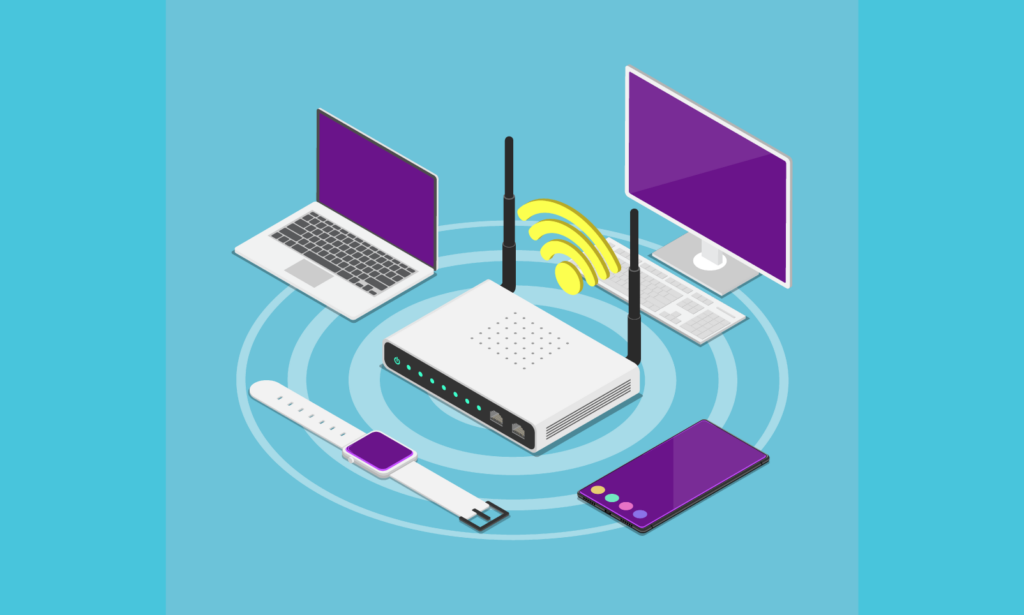





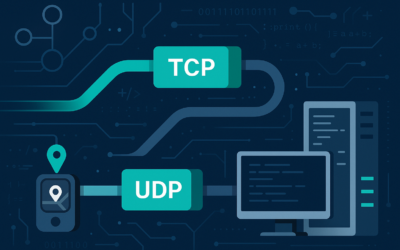
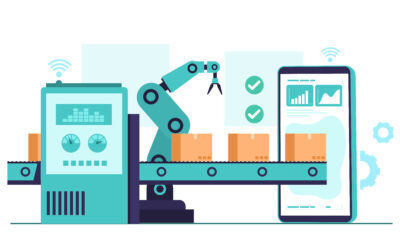


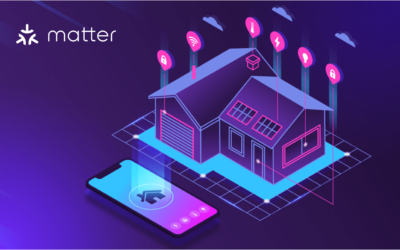
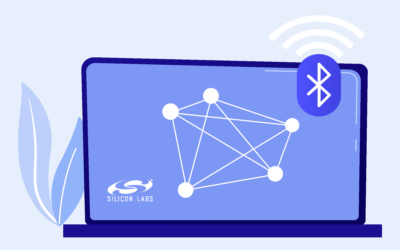
Omg i’m loving this post on IIoT gateways 🤖!! can u elaborate more on the importance of industrial security standards in these devices?
Adhering to industrial security standards in IIoT gateways is paramount due to their role in facilitating data exchange between devices. IEC 62443 compliance ensures secure communication protocols for sensitive industrial applications via IoT gateways.
While I appreciate the thorough overview of IoT gateways, I must caution that your characterization of IoT gateways as solely “intermediaries” oversimplifies their role in complex IoT ecosystems. In reality, IoT gateways serve as a critical component of IoT infrastructure, often requiring expert configuration and management – a service typically offered by experienced Internet of Things consulting firms. A more nuanced discussion of their functionality and applications would have strengthened the article.